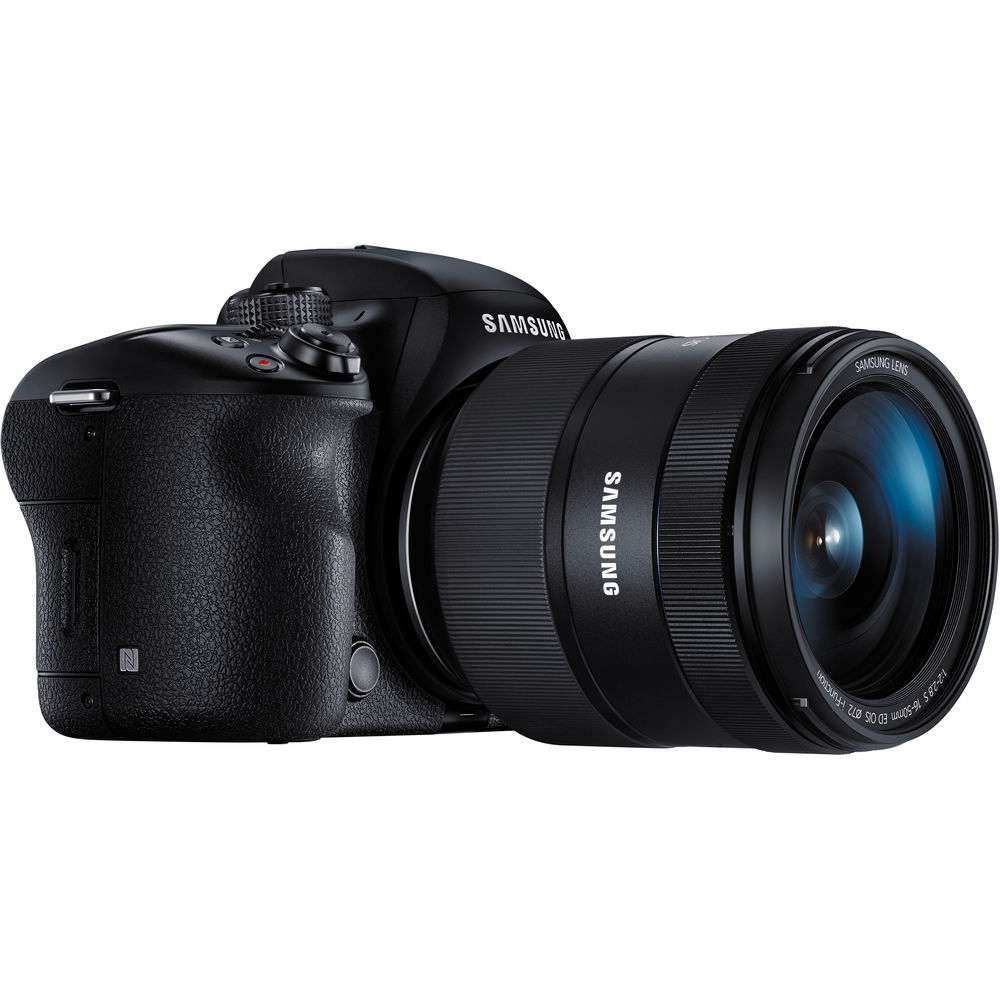
This, along with the magnesium alloy body and top-plate LCD info display, makes it clear that Samsung wants its NX system to compete with the best APS-C models on the market.Īs you can see, there are some features that have never been seen before on an enthusiast ILC, such as the sensor, 802.11ac Wi-Fi and use of the more efficient H.265 codec. Just as importantly, it incorporates one of the most extensive on-sensor phase detection systems we've seen. Those specification highlights should give you an idea of Samsung's ambitions for this camera: not only does it feature the largest BSI sensor we've ever seen but also the highest pixel count on that format. 3" tilting Super AMOLED touchscreen display.Stripe pattern AF illuminator with 15m rangeĬontext-sensitive adaptive noise reduction.Can output 4:2:2 8-bit 4K video over HDMI.4K (DCI 4K & UHD) video recording using H.265 codec.15 fps burst shooting with continuous autofocus.Hybrid AF system with 205 phase-detect points covering 90% of the frame.While they share similar price tags and build quality and aim for broadly the same audience, the NX1 has quite a few tricks up its sleeve beyond its clever sensor, to try to break into that respectable club. Each of these models has its own appeal, whether it be the excellent video specification of the Panasonic, the compactness of the Fujifilm or the all-round capability of the Nikon. The NX1 sits in a crowded field of excellent cameras - both DSLR and mirrorless - such as the Nikon D7200, Canon EOS 7D Mark II, Panasonic DMC-GH4 and Fujifilm X-T1. Until now, the largest sensor with backside illumination was 1"-type (around 1/3rd the size of APS-C). BSI sensors move all the circuitry behind the light-capturing part of the sensor which allows it to capture more light, improving low light performance and reducing noise. For the first time ever, Samsung has managed to create an APS-C-sized, 28MP CMOS sensor that's backside illuminated.


The company has yet again come up with something new, this time in the enthusiast mirrorless space. It was the first to offer an really extensive Wi-Fi system (which continues to this day), Android-based cameras (though Nikon launched a model at about the same time), and arguably the first dedicated 'selfie cams' with its DualView models. Samsung has been pretty inventive in the digital camera world.


 0 kommentar(er)
0 kommentar(er)
